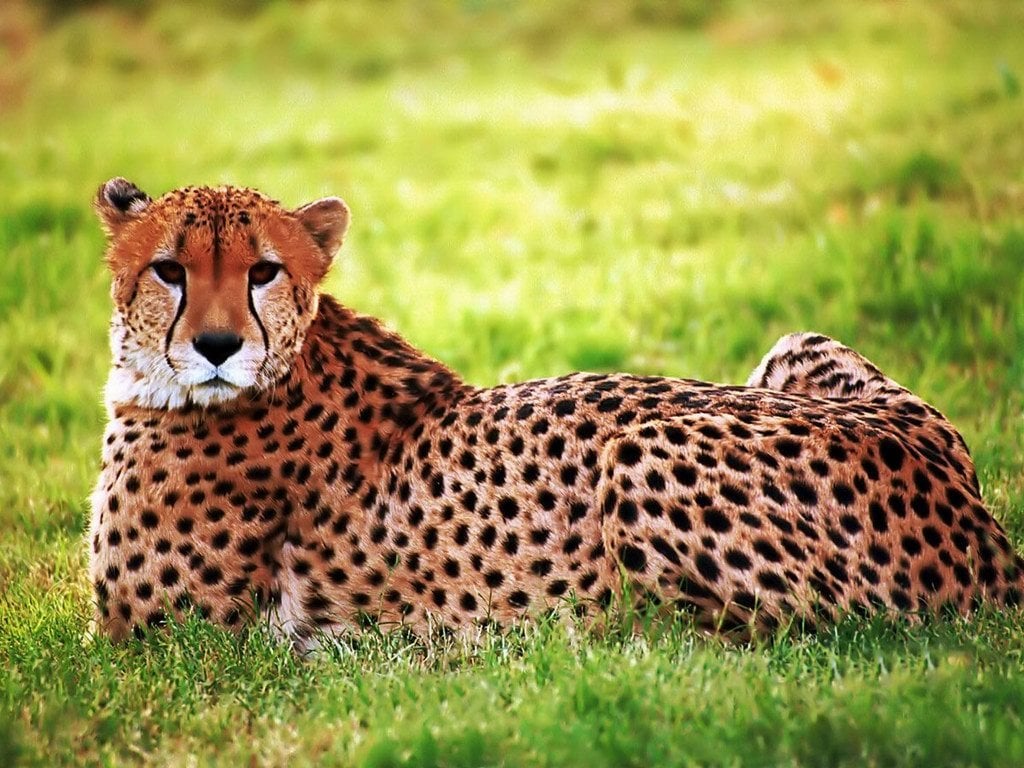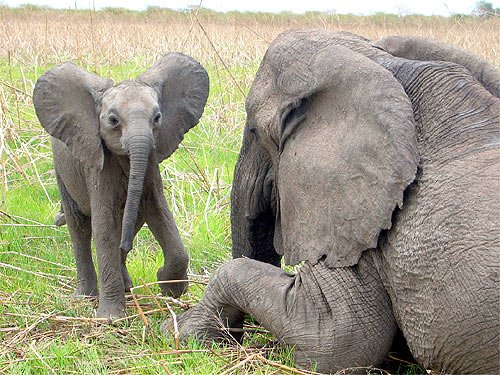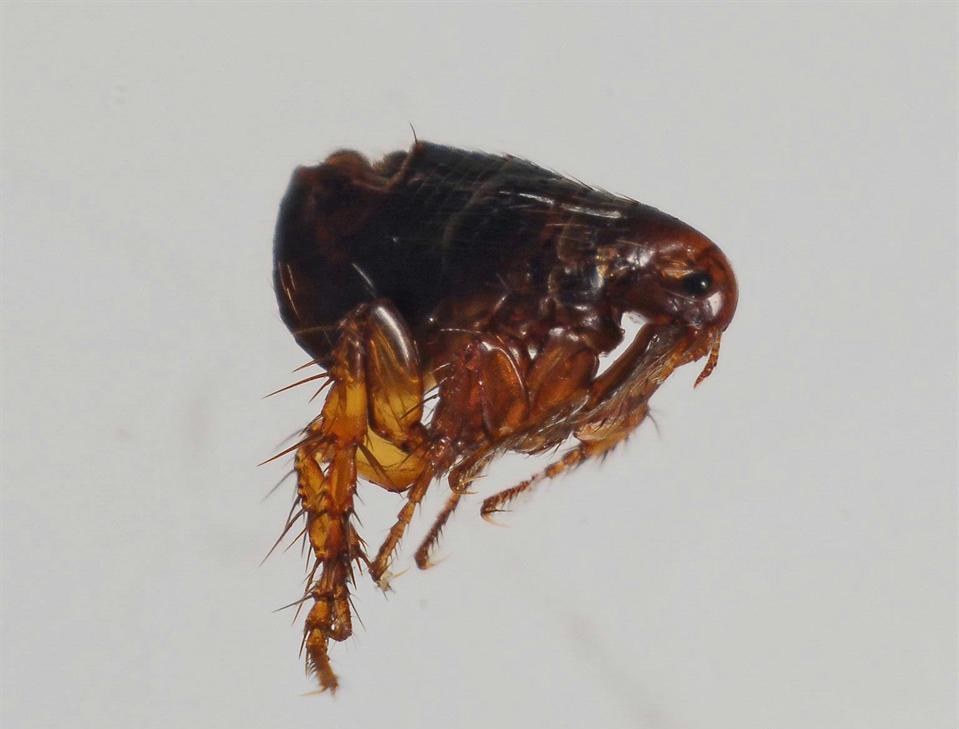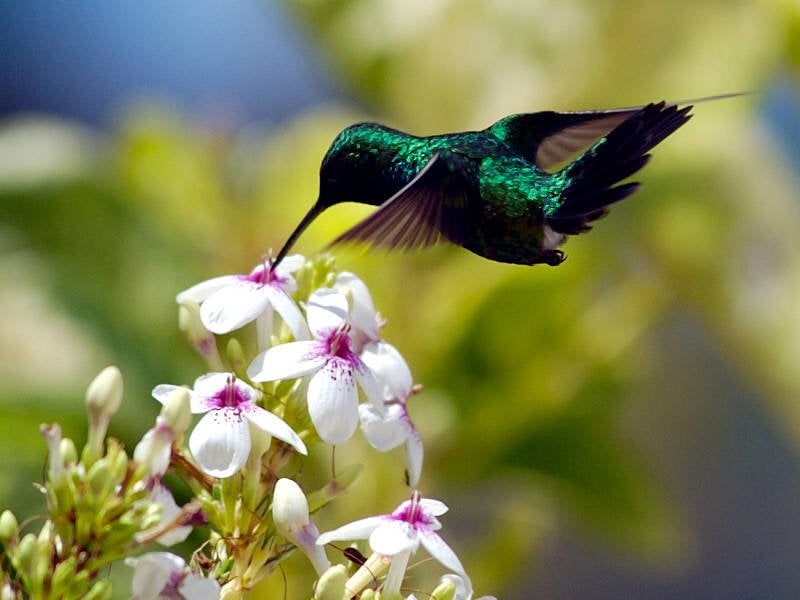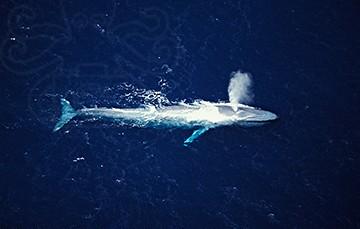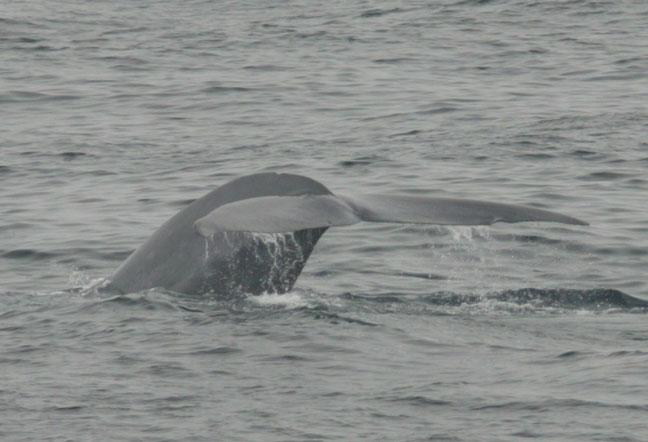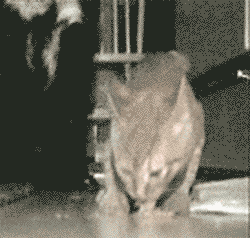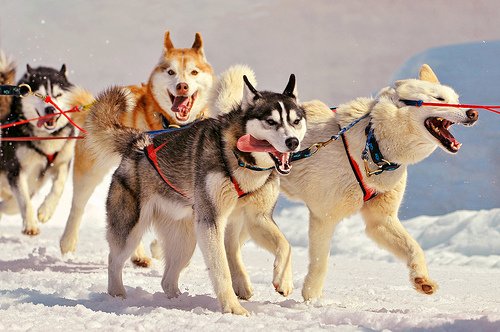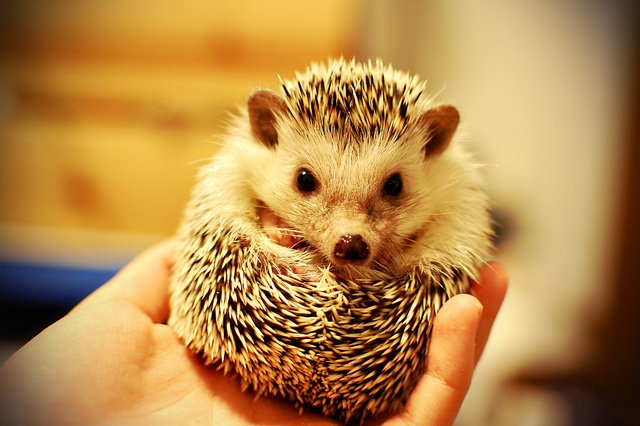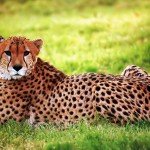Simply the best animals
Fastest Animal on Land…
CHEETAH
The cheetah is an atypical member of the cat family that is unique in its speed, while lacking climbing abilities. The species is the only living member of the genus Acinonyx. It is the fastest land animal, reaching speeds between 112 and 120 km/h (70 and 75 mph)in short bursts covering distances up to 460 m (1,500 ft), and has the ability to accelerate from 0 to 103 km/h (64 mph) in three seconds, faster than most supercars. Recent studies confirm the cheetah’s status as the fastest land animal.
Why would a cheetah need to be able to run so fast? The only animal that comes in a close second to the Cheetah’s amazing speed is its favorite prey, the gazelle. In order to catch up with a meal that’s as swift as the wind, the cheetah had to develop the ability to run as fast, or faster than the gazelle, or face the alternative – starvation. Pretty strong motivation for practicing their wind sprints.
Heaviest Animal on Land…
AFRICAN ELEPHANTS
African elephants are the largest land animals on Earth. They are slightly larger than their Asian cousins and can be identified by their larger ears that look somewhat like the continent of Africa.
Elephant ears radiate heat to help keep these large animals cool, but sometimes the African heat is too much. Elephants are fond of water and enjoy showering by sucking water into their trunks and spraying it all over themselves. Afterwards, they often spray their skin with a protective coating of dust.
An elephant’s trunk is actually a long nose used for smelling, breathing, trumpeting, drinking, and also for grabbing things—especially a potential meal. The trunk alone contains about 100,000 different muscles. African elephants have two fingerlike features on the end of their trunk that they can use to grab small items.
Both male and female African elephants have tusks they use to dig for food and water and strip bark from trees. Males use the tusks to battle one another, but the ivory has also attracted violence of a far more dangerous sort.
Because ivory is so valuable to some humans, many elephants have been killed for their tusks. This trade is illegal today, but it has not been completely eliminated, and some African elephant populations remain endangered.
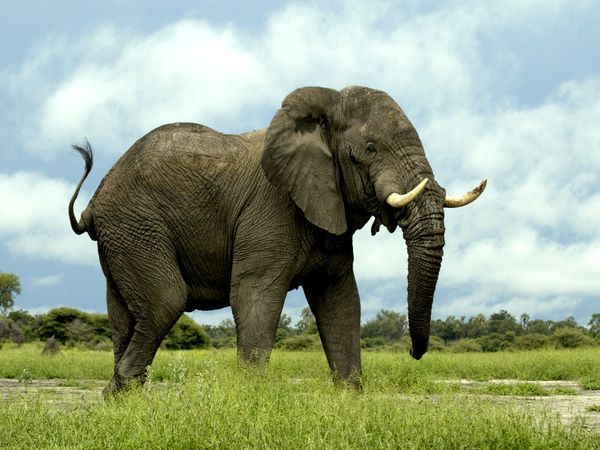
Elephants eat roots, grasses, fruit, and bark, and they eat a lot of these things. An adult elephant can consume up to 300 pounds (136 kilograms) of food in a single day.
These hungry animals do not sleep much, and they roam over great distances while foraging for the large quantities of food that they require to sustain their massive bodies.
Female elephants (cows) live in family herds with their young, but adult males (bulls) tend to roam on their own.
Having a baby elephant is a serious commitment. Elephants have a longer pregnancy than any other mammal—almost 22 months. Cows usually give birth to one calf every two to four years. At birth, elephants already weigh some 200 pounds (91 kilograms) and stand about 3 feet (1 meter) tall.
Best Jumper Animal…
CAT FLEA
Did you know a flea can jump 33 cm. in one leap – over a foot?
You’ve seen them – tiny, quick creatures that scurry through your cat’s fur, feasting on her blood, and causing painful itching – so bad that kitty may scratch herself raw in seeking relief. If you have a bad flea infestation in a multiple-cat household, you’ve probably been bitten yourself by these voracious feeders, and you may even have seen them hopping through your carpeting.
Best Flyer…
HUMMINGBIRDS
Hummingbirds are birds comprising the family Trochilidae. They are among the smallest of birds, and include the smallest extant bird species, the Bee Hummingbirds. They can hover in mid-air by rapidly flapping their wings 12–90 times per second (depending on the species). They can also fly backwards, and are the only group of birds able to do so. Their English name derives from the characteristic hum made by their rapid wing beats. They can fly at speeds exceeding 15 m/s (54 km/h, 34 mi/h).
Largest Animal on Land…
BLUE WHALE
The blue whale is the largest mammal, possibly the largest animal, to ever inhabit the earth. Its body is long, somewhat tapered, and streamlined, with the head making up less than one-fourth of its total body length. Its rostrum (upper part of the head) is very broad and flat and almost U-shaped, with a single ridge that extends just forward of the blowholes to the tip of the snout. Its blowholes are contained in a large, raised “splash guard”, and the blow is tall and straight and over 20 feet (6 meters) high. Its body is smooth and relatively free of parasites, but a few barnacles attach themselves to the edge of the fluke and occasionally to the tips of the flippers and to the dorsal fin. There are 55-68 ventral grooves or pleats extending from the lower jaw to near the navel.
